No products in the cart.
Great news! The Canada Post strike is over! We’re resuming deliveries to Canada!
Excellente nouvelle ! La grève de Postes Canada est terminée ! Nous reprenons les livraisons vers le Canada !
Great news! The Canada Post strike is over! We’re resuming deliveries to Canada!
Excellente nouvelle ! La grève de Postes Canada est terminée ! Nous reprenons les livraisons vers le Canada !
[category_image]
Almagel NEO suspension for oral use in 10ml sachets 20pcs
$26.44
Almagel Neo relieves heartburn, gastritis, ulcers and reflux. Dual action: antacid + simethicone to reduce gas and protect the stomach.
Category: Gastrointestinal tract and liver
Brand: Teva
Pharmacological properties
Almagel neo is a balanced gel of aluminum hydroxide and magnesium hydroxide in combination with a carminative component – simethicone. It has a long-lasting antacid effect, exhibits a mild laxative effect, successfully eliminates constipation and reduces flatulence in patients with stomach ulcers.
The dual mechanism of action, combining acid-neutralizing ability and protective activity, provides protection of the gastric mucosa and its healing when damaged.
The alkaline active components of the drug are finely dispersed, which increases their active surface, ensures closer contact with the surface of the gastric and duodenal mucosa, slows down the evacuation of gastric contents, and prolongs the neutralizing effect.
Cytoprotective activity is associated with the activation of prostaglandin synthesis, which stimulate the secretion of mucus and bicarbonates from the gastric mucosa.
Given the drug’s ability to bind bile acids and lysolecithin, as well as to provide a gastroprotective effect, Almagel Neo can be used to treat duodenogastric reflux.
Simethicone, which is part of the drug Almagel Neo, helps eliminate flatulence. Simethicone is a stable silicone compound, is not absorbed in the gastrointestinal tract, causes the natural release of gases and their absorption by the intestinal walls. Simethicone acts in the lumen of the small intestine and is excreted from the body unchanged.
The components of the drug are not absorbed in the gastrointestinal tract and, therefore, do not lead to clinically significant plasma concentrations when used in recommended doses and for the recommended duration of treatment.
Aluminum hydroxide neutralizes the increased secretion of hydrochloric acid in the stomach, forming aluminum chloride. Under the influence of the alkaline environment of the intestine, the latter is converted into alkaline aluminum salts, which are poorly absorbed and excreted in the feces. With normal kidney function, the plasma level of aluminum practically does not change.
Magnesium hydroxide also neutralizes hydrochloric acid in the stomach and is converted to magnesium chloride. In the intestines, it is converted to magnesium carbonate, which is poorly absorbed, so the concentration of magnesium ions in the blood is practically unchanged.
In patients with chronic renal failure, the level of aluminum and magnesium ions may increase to toxic values due to impaired excretion.
Indication
Symptomatic treatment of digestive tract diseases accompanied by increased or normal acidity of gastric juice and increased gas formation.
The drug should be used alone or in combination with other medications for:
- gastritis and duodenitis;
- stomach and duodenal ulcers;
- erosions of the stomach and duodenum;
- GERD;
- duodenogastric reflux;
- functional dyspepsia;
- flatulence, discomfort as a result of increased gas formation.
Application
Adults and children over 14 years of age: for GERD, the recommended dose is 10-15 ml (2-3 measuring spoons) or 1 sachet 4 times a day 1 hour after meals and before bedtime. After achieving the desired effect, the recommended dose is 10 ml (2 measuring spoons) or 1 sachet 4 times a day.
For gastritis, duodenitis, gastric and duodenal erosions, gastric and duodenal ulcers, duodenogastric reflux, functional dyspepsia, flatulence, the recommended dose is 10 ml (2 measuring spoons) or 1 sachet 4 times a day 1 hour after meals and before bedtime.
The duration of treatment is determined by the doctor.
The maximum daily dose is 60 ml (12 measuring spoons or 6 sachets), the maximum duration of treatment is 4 weeks.
If symptoms persist, you should consult a doctor.
The drug should be taken undiluted. It is not recommended to drink liquids within 30 minutes after taking it. Before use, the suspension should be thoroughly homogenized by shaking the bottle.
Patients with impaired renal function. The drug should be taken after consulting a doctor. With prolonged use, it is necessary to take into account the state of renal function.
Contraindication
Hypersensitivity to any of the active and/or excipients included in the medicinal product. Severe renal impairment, including in patients on haemodialysis, who are at risk of increasing the concentration of aluminium and magnesium ions in the blood plasma to toxic levels as a result of reduced renal excretion. Hypophosphatemia, severe osteoporosis, Alzheimer’s disease, habitual constipation, chronic diarrhoea, intestinal obstruction, suspected appendicitis, gastrointestinal bleeding of unknown origin, severe abdominal pain of unspecified origin, ulcerative colitis, conditions causing disturbances in water and electrolyte balance.
Side effects
Long-term use of Almagel Neo or taking it in high doses can cause phosphorus deficiency syndrome (loss of appetite, muscle weakness, weight loss).
It should be borne in mind that even when using the drug in normal doses in patients whose diet is characterized by a low phosphorus content, a decrease in the phosphorus content in the body, increased resorption processes in bone tissue, hypercalciuria, osteomalacia, osteoporosis are possible, since this drug contains aluminum (see SPECIAL INSTRUCTIONS).
In patients with renal failure, increased plasma concentrations of both aluminum and magnesium are noted, therefore, prolonged use of aluminum and magnesium salts in high doses may lead to the development of encephalopathy, dementia, microcytic anemia or worsen the course of dialysis-induced osteomalacia. Patients with renal failure should take a reduced dose of the drug or increase the interval between doses of the drug, based on the severity of renal failure. In patients in this group, plasma concentrations of aluminum and magnesium should be monitored.
Aluminum hydroxide may be dangerous for patients with porphyria who are on hemodialysis.
Adverse reactions:
- from the digestive system: taste disturbance (feeling of chalky taste), diarrhea, constipation, nausea, vomiting, change in stool color;
- Immune system: hypersensitivity reactions, including bronchospasm, itching, urticaria, angioedema and anaphylactic reaction;
- from the nervous system: aluminum and/or magnesium intoxication, most often in patients with renal failure, dementia, worsening of Alzheimer’s disease.
If you experience any adverse effects or unusual reactions, you should consult your doctor regarding further use of the drug!
Special instructions
Before starting the drug, the presence of a malignant process should be excluded.
Aluminum hydroxide may cause constipation, and magnesium hydroxide may cause intestinal hypokinesia. The use of this drug in high doses may cause or complicate intestinal obstruction and intestinal obstruction, especially in patients at increased risk of such complications, such as patients with renal failure or the elderly.
Patients should consult a doctor if:
- weight loss;
- difficulty swallowing or constant feeling of discomfort in the abdomen;
- digestive disorders that have appeared for the first time or changes in the course of existing digestive disorders;
- renal failure.
In patients with impaired renal function, an increase in plasma levels of aluminum and/or magnesium is possible, therefore it should be borne in mind that prolonged use of the drug in high doses can lead to the development of dementia and microcytic anemia.
Long-term use of the drug is not recommended in the presence of Alzheimer’s disease, as there is an opinion that aluminum concentrates in the neurofibrils of brain tissue and can lead to complications.
With prolonged use of the drug, it is necessary to ensure that the body receives a sufficient amount of phosphorus, since aluminum hydroxide binds to phosphates and reduces their absorption in the gastrointestinal tract. In addition, urinary calcium excretion increases, which can lead to disturbances in the calcium-phosphate balance and create conditions for the development of osteomalacia (symptoms – complaints of weakness and pain in the bones). This drug is not suitable for patients with hypophosphatemia, since with prolonged use it can cause hypophosphatemia.
This drug should be used with caution in patients with renal insufficiency. During the treatment of patients with renal insufficiency, it is necessary to monitor the dynamics of renal function, ulcer size, diarrhea, plasma levels of aluminum and magnesium.
Each dose (10 ml) of Almagel Neo contains:
- 0.226 g of ethanol, the presence of which can negatively affect the condition of patients with liver and brain diseases, people with alcohol addiction, epilepsy, pregnant women and children under 14 years of age;
- 0.95 g of sorbitol, which is contraindicated in patients with rare hereditary diseases such as fructose intolerance and may cause stomach irritation and diarrhea.
Parabens, which are part of the drug as excipients, can cause allergic reactions, including urticaria and bronchospasm.
Use during pregnancy and breastfeeding. Due to the lack of clinical experience, it is advisable to avoid using the drug during pregnancy and breastfeeding. Due to the lack of adequate clinical research data, Almagel Neo can be used in women during pregnancy and breastfeeding only as prescribed by a doctor if the expected benefit to the mother outweighs the possible risk to the fetus/child.
It is necessary to take into account the content of aluminum and magnesium ions, which can affect transit in the gastrointestinal tract, namely:
- Magnesium hydroxide salts can cause diarrhea;
- Aluminum salts can cause constipation and worsen the course of constipation, which is often observed during pregnancy, so long-term use and exceeding the doses of this drug should be avoided.
When used in pregnant women, the drug may cause harm due to the content of ethyl alcohol (0.226 g in one dose).
Children. The drug can be used in children over 14 years of age. The safety and effectiveness of the drug in children under 14 years of age have not been established.
Ability to influence the reaction rate when driving vehicles or working with other mechanisms. There is no data on the negative impact on the ability to drive vehicles or work with complex mechanisms.
Interactions
Almagel Neo interacts with some other orally administered drugs. There is a decrease in the absorption of drugs taken simultaneously in the gastrointestinal tract. As a precautionary measure, an interval of at least 2 hours should be allowed between taking antacids and other drugs.
It is recommended to take 2 hours before or 2 hours after using Almagel Neo: tetracycline antibiotics (tetracycline, doxycycline), fluoroquinolones (ciprofloxacin, norfloxacin, ofloxacin), H 2-antihistamines , antituberculosis drugs: ethambutol, isoniazid (oral), atenolol, metoprolol, propranolol, chloroquine, cyclines, diflunisal, digoxin, diphosphonates, fexofenadine, iron (salts), sodium fluoride, corticosteroids (interaction with prednisolone and dexamethasone has been described), indomethacin, sodium polystyrene sulfonate, ketoconazole, lansoprazole, lincosamides, phenothiazine neuroleptics, penicillamine, phosphorus (supplements), thyroxine.
Combinations to consider: when used simultaneously with salicylates, the excretion of salicylates by the kidneys is increased due to alkalization of the urine.
The drug should not be used simultaneously with quinoline.
Quinidine excretion may be impaired with manifestations of quinidine toxicity, especially in patients with renal failure.
Simultaneous use with cholinergic agents reduces their effectiveness.
Concomitant use of aluminum hydroxide and citrates may lead to increased aluminum levels, especially in patients with renal insufficiency.
The use of the drug simultaneously with enteric-coated drugs may lead to more rapid dissolution of the coating and irritation of the stomach and duodenum.
Concomitant use with Almagel Neo may lead to a decrease in the absorption of the following drugs:
- tetracycline antibiotics (tetracycline, doxycycline);
- quinolones (ciprofloxacin, norfloxacin, ofloxacin);
- bisphosphonate derivatives (clodronate, alendronate, risedronate);
- protease inhibitors (atazanavir, tipranavir, fosamprenavir);
- ketoconazole, itraconazole;
- rosuvastatin;
- allopurinol, diflunisal, gabapentin, iron, mycophenolate mofetil;
- levothyroxine;
- dasatinib;
- strontium ranelate.
The drug may reduce the absorption of folic acid.
When combined with levothyroxine, the severity of its hormonal action may be reduced. Pirenzepine enhances and prolongs the effect of Almagel Neo.
Plasma concentrations of penicillamine, sotalol, propranolol, phenytoin, cefpodoxime, fexofenadine may decrease when used simultaneously with antacids.
The effect of calcium polystyrene sulfonate may be weakened by the simultaneous use of antacids.
The likelihood of drug interactions is less when using antacids in low doses.
Overdose
Long-term use of Almagel Neo can cause hypermagnesemia, despite the fact that the drug is almost not absorbed in the gastrointestinal tract. Symptoms of overdose are manifested by rapid fatigue, facial flushing, exhaustion, muscle weakness and inadequate behavior.
Signs of metabolic alkalosis may also be observed: changes in mood or mental activity, numbness or pain in the muscles, nervousness and fatigue, slowed breathing, unpleasant taste sensations.
If an overdose of the drug is suspected or clinical signs appear, it is necessary to cancel the drug and take measures to quickly remove the drug from the gastrointestinal tract (administer activated charcoal, perform gastric lavage and other procedures to reduce the absorption of aluminum and magnesium ions).
Treatment of magnesium overdose: rehydration, forced diuresis. Calcium gluconate IV may be administered. In case of renal failure, hemodialysis or peritoneal dialysis is necessary.
Storage conditions
In the original packaging at a temperature not exceeding 25 °C. Do not freeze! After first opening the primary packaging, the suspension can be stored for 30 days under the specified conditions.
Be the first to review “Almagel NEO suspension for oral use in 10ml sachets 20pcs” Cancel reply
You may also like


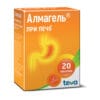
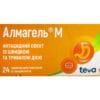
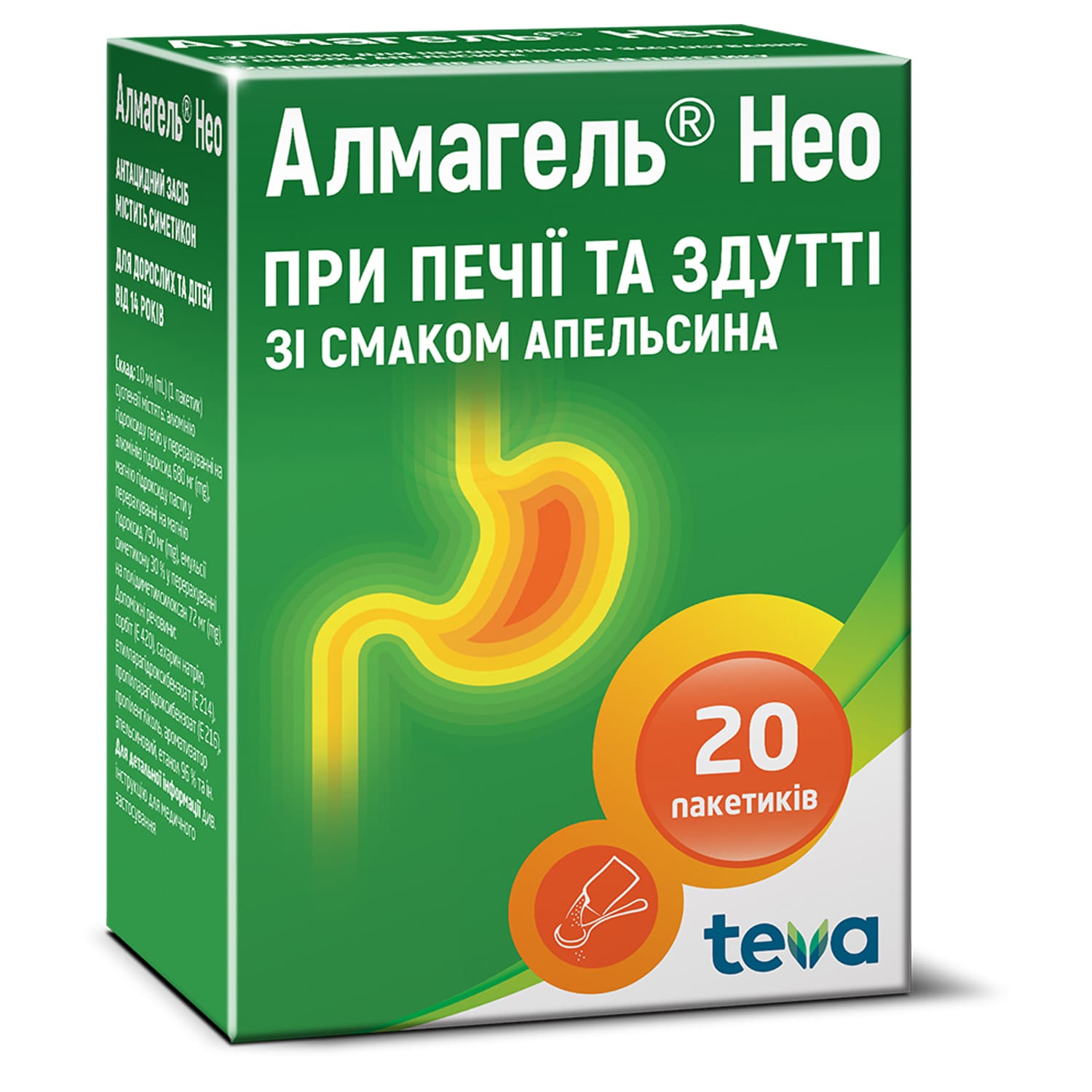
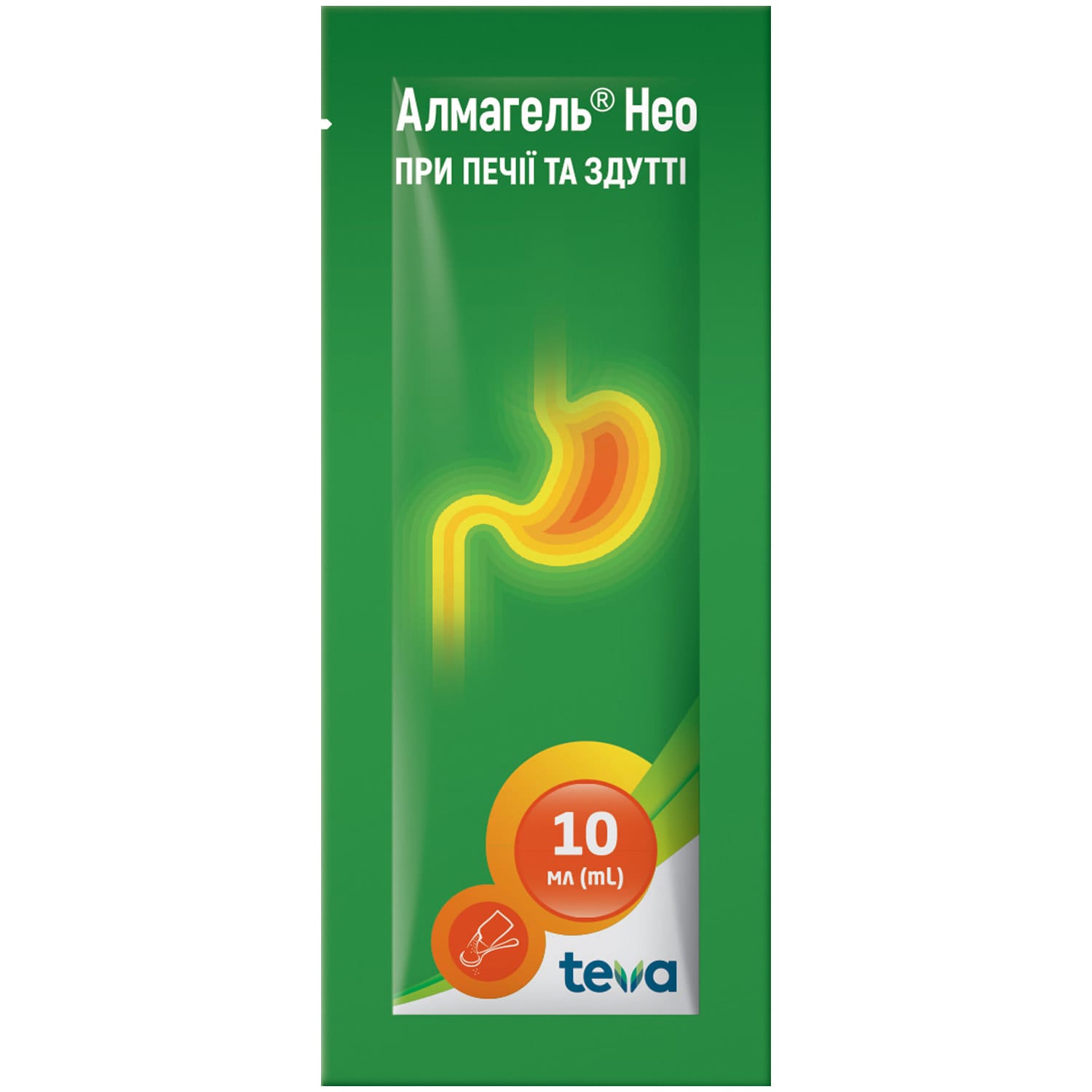
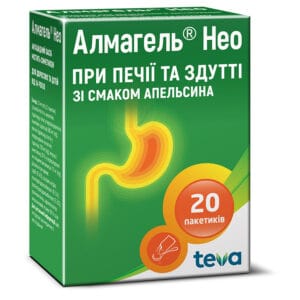

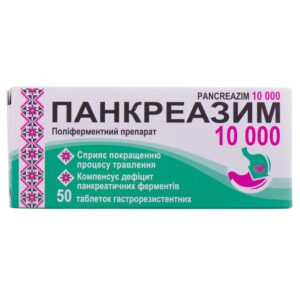
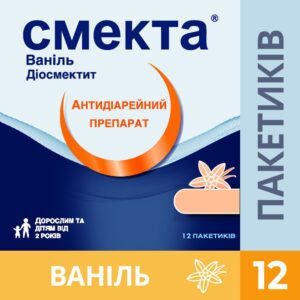
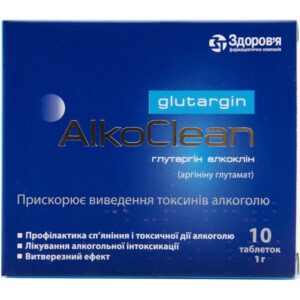
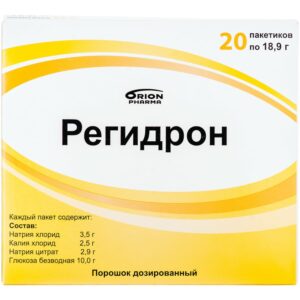
Reviews
There are no reviews yet.